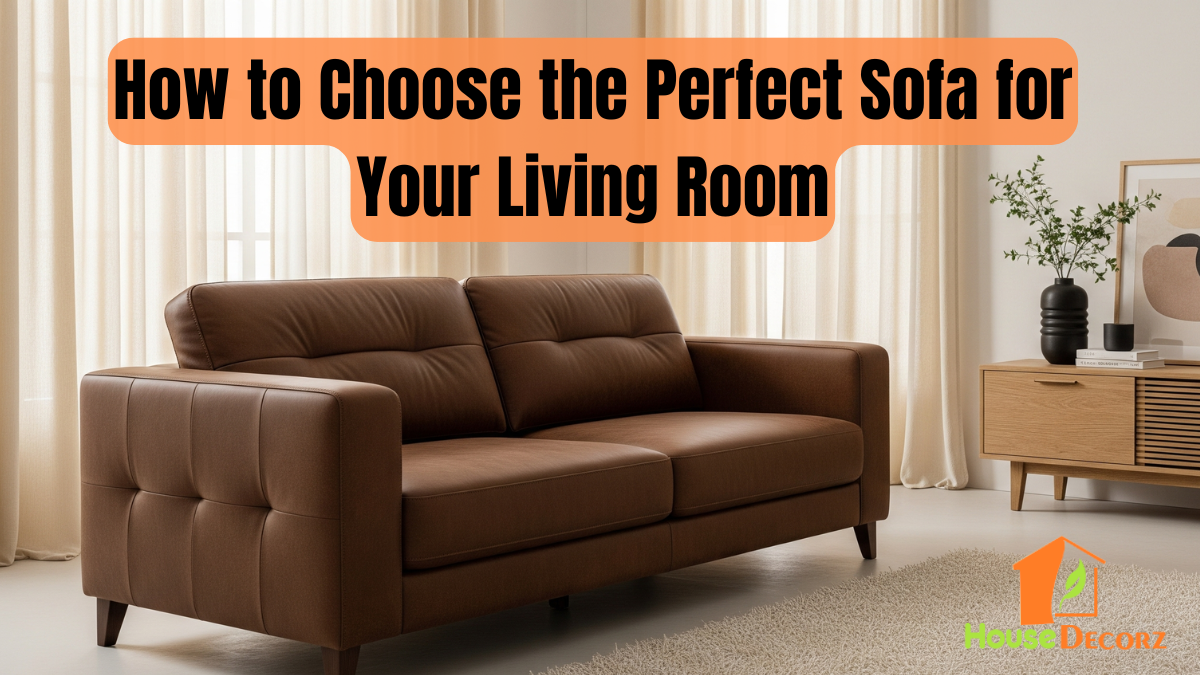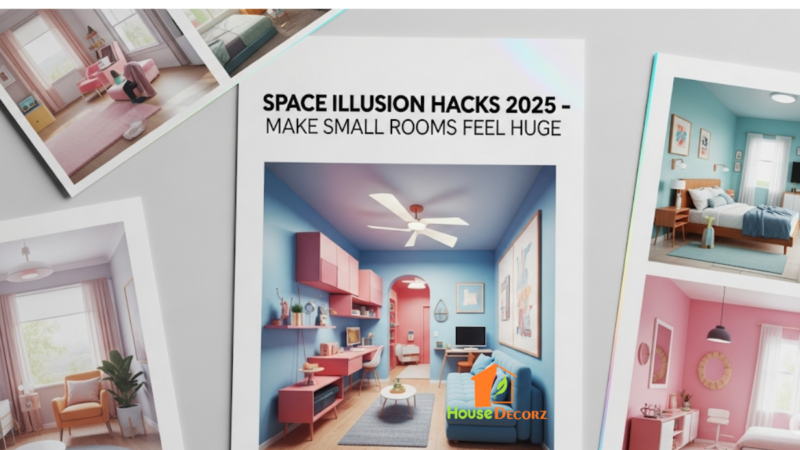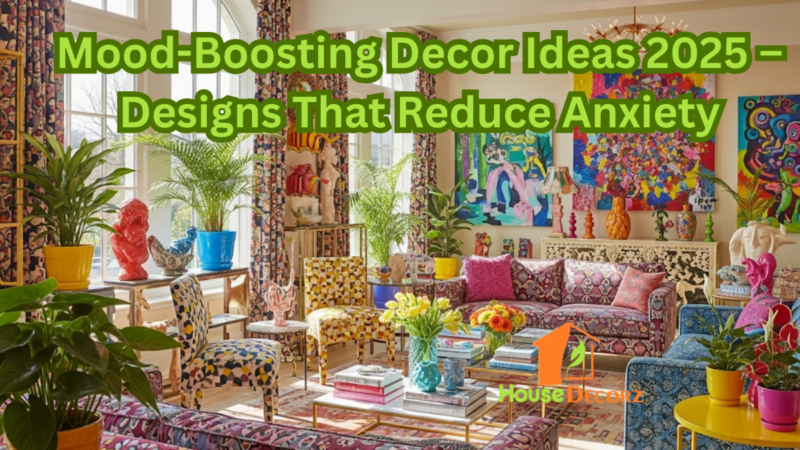How to Choose the Perfect Sofa for Your Living Room

When it comes to choosing a sofa, it’s not just about finding a place to sit—it’s about creating a central piece that anchors your living room furniture and reflects your personal home style. The right sofa should blend comfort, function, and aesthetics to elevate your interior space.
Here’s a comprehensive guide on how to pick the ideal sofa that balances practicality with design, no matter the size or style of your living room.
Pick The Ideal Sofa For Your Living Room
Understand Your Space First
Before diving into materials, colors, or styles, it’s essential to understand the layout and dimensions of your living room.
Measure Your Room
Use a measuring tape to note the length, width, and height of the space where the sofa will go. Also, measure doorways, hallways, and staircases to ensure the sofa can be delivered without a hitch.
Define the Purpose
Ask yourself:
- Will the sofa be for formal entertaining or everyday lounging?
- Is it going to be part of a family-friendly setup?
- Do you need a pull-out bed for guests?
These questions help narrow down your options to practical choices for how your sofa will be used daily.
Match the Sofa Style with Your Home Design
Your sofa should complement your home style—whether modern, rustic, minimalist, or classic.
Popular Sofa Styles:
- Chesterfield: Traditional, tufted back, great for vintage or luxurious interiors
- Mid-century Modern: Clean lines, wooden legs, perfect for minimalist or Scandinavian spaces
- Sectional: Ideal for large spaces and open-plan living
- Loveseat: Great for compact spaces or as a secondary seating option
Look around your living room and take cues from the existing interior design tips you’ve followed—whether it’s color schemes, textures, or materials.
Pick the Right Fabric or Material
Choosing a fabric involves balancing style, durability, and ease of cleaning. Some common options include:
- Leather: Elegant, durable, but can be expensive and less pet-friendly
- Microfiber: Soft, stain-resistant, great for families with kids or pets
- Cotton or Linen: Breathable and natural, though may require extra care
- Velvet: Luxurious look, adds depth and texture to any space
Tip: Always request fabric swatches to see how the material looks in your lighting and feels to the touch.
Color and Pattern Selection
The color of your sofa can make or break your room’s vibe. Neutrals like gray, beige, or navy are safe bets that work with most interior design tips and color palettes. For bold personalities, jewel tones or vibrant prints can become stunning focal points.
If you like to refresh your decor often, a neutral sofa with bright cushions or throws offers flexibility.
Comfort and Ergonomics Matter
Style shouldn’t compromise comfort. When trying out a sofa, check for:
- Seat Depth: Should allow your feet to touch the floor comfortably
- Back Support: Tall people may need higher backs; others might prefer cushioned, low-back designs
- Cushion Filling: Foam offers structure; down feels plush but requires fluffing
A quality sofa should feel supportive without being too stiff and suit the way you like to relax—whether curled up with a book or stretched out for a nap.
Additional Features to Consider
- Storage Sofas: Great for small spaces to store blankets, books, or clutter
- Recliners: Perfect for home theater settings
- Modular Sofas: Offer flexibility to rearrange as needed
These extras add convenience and align your choice of living room furniture with your lifestyle needs.
Budgeting and Quality Balance
Sofas are an investment. While budget plays a role, prioritize quality materials and craftsmanship. A well-built sofa lasts years, reducing long-term costs.
Look for:
- Kiln-dried hardwood frames
- Sinuous spring or eight-way hand-tied suspension
- Durable upholstery with reinforced stitching
Buying during seasonal sales or from reputable online furniture retailers can help you stay within budget without compromising quality.
FAQs
Q1: What is the best sofa size for a small living room?
A loveseat, compact sectional, or apartment-sized sofa with slim arms works well in smaller spaces without overwhelming the room.
Q2: How do I match my sofa with existing furniture?
Stick to a consistent color palette, match undertones (warm or cool), and ensure styles complement each other—e.g., modern sofas with modern decor.
Q3: Are leather sofas better than fabric?
Leather is durable and ages well, but fabric offers more variety in texture and color. The best option depends on lifestyle and personal preference.
Q4: How often should I replace a sofa?
A good-quality sofa can last 7–15 years. Replace it when you notice sagging cushions, structural issues, or style no longer suits your home.
Q5: What is the most durable sofa fabric?
Microfiber and leather are among the most durable, making them ideal for high-traffic homes or families with kids and pets.
Final Thoughts
Choosing a sofa is more than picking a pretty piece—it’s about enhancing comfort, expressing style, and supporting daily life. With the right considerations—from size and fabric to color and comfort—you can find the perfect fit for your living room and your lifestyle.
Whether you’re refreshing your living room furniture or designing a new space from scratch, a thoughtfully chosen sofa becomes the centerpiece of your home’s heart.






